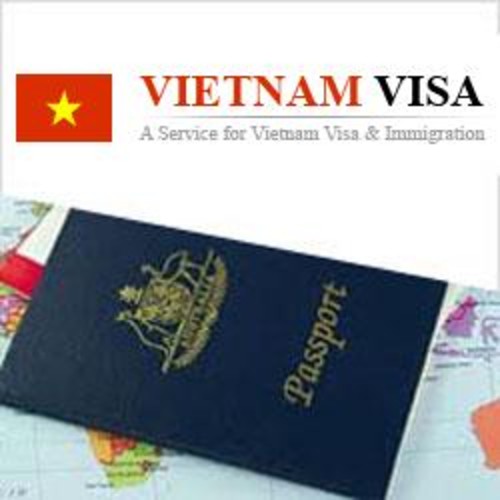Population
The population of Laos is estimated at nearly 7 million people, a population density of less than 30 inhabitants per km2, making Laos the least populated of all Asian countries. The vast majority of the population is rural (between 65 and 70%, depending on the sources) and is concentrated in the plains watered by the Mekong River. Although Laos is not faced medium-term aging of the population, half of whom are under 20 years, we see in Laos incitement to population growth (in contrast to neighboring countries which apply the strict family planning) estimated at 2%. Tradition of cohabitation between generations helping the Laotian family is large: the average family size is 6 persons.
The ethnic composition of the Laotian population is complex. Ethnologists report that 68 ethnic families are distinguished by various factors (language, history, religion, costumes, customs etc.).
Governments in number 47 and rank for convenience into three main groups:
- The Lao Loum group, or " lowland Lao " ( 70% of the population) , including the Lao ethnic group itself( Lao ) and similar ethnic groups that use Tai ( Lao Thai , the Thai Dam, Tai Lu the Tau Nua , etc. . ). Since their arrival in Laos (eleventh and thirteenth century), the Lao Loum have always had a dominant position both culturally and economically level.

Lao traditionally reside in the Mekong valley or along its tributaries and speak the Lao language. They lead a sedentary life based on the cultivation of flooded rice fields. Like all Austro- Thai, Lao were the animistic origin, but they adopted Theravada Buddhism in the middle of the first millennium AD.
Thai Lao is closely related to the Lao family, but more "tribal" temperament, they are independent enough to face the Lao culture. As Lao, they live along the river valleys, but often prefer heights flooded plains of the Mekong. Lao Thai cultivate both rice irrigated rice hill plain. Most of them refused to convert to Buddhism or Christianity, preferring to maintain the worship of spirits.
Classified in the Lao Loum group, the Thai Dam (Black Thai), live on the plateau north and east of Laos and form the main tribe Lao –Thai. All Lao -Thai groups, Thai Dam are those who have best preserved their traditions. There are other groups such as Thai: Thai Deng (Red), Thai Khao (White)...
- Lao Theung or "Lao from above", which represent 20% of the population group living in the highlands (between 300 m and 900 m) and were the first inhabitants of the country. They are divided into sub -groups, the largest being that of Khamou in the North, followed by those Htin and that of Lamet. Other tributes classified in this group are : Your hoy, Washed , Laven, Nha Heun , NFE, Ta Rieng, Alak , Katan, Tariéou , Phou Ka Seng Kui, etc. Katu. Lao Theung are sometimes pejoratively called Khaa, which means slave or servant, because they served labor populations of Thai immigrants there several centuries and, more recently, during the Lao monarchy. They did not write and are generally animists. Repressed by the Lao on the hills and inhospitable land, survival is difficult. They practice shifting cultivation and live on rice hills, coffee, tobacco, cotton, hunting and picking. In recent years, the Lao authorities are trying to persuade them to descend into the valley they cultivate rice in rice
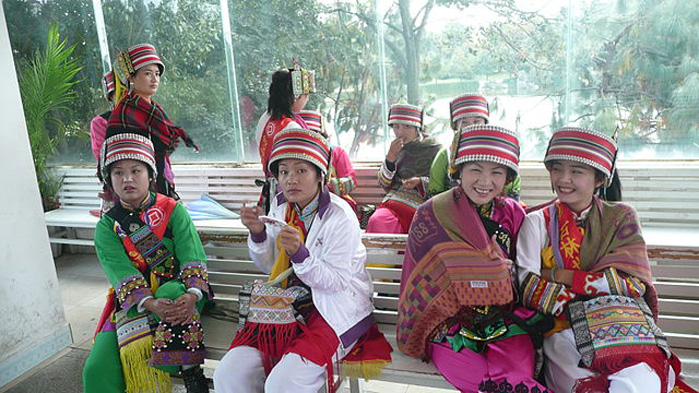
- Lao Soung and Lao Sung group or "Lao mountains" includes ethnic hill tribes living more than 1,000 m above sea level, the most important are the Hmong and Mieng.
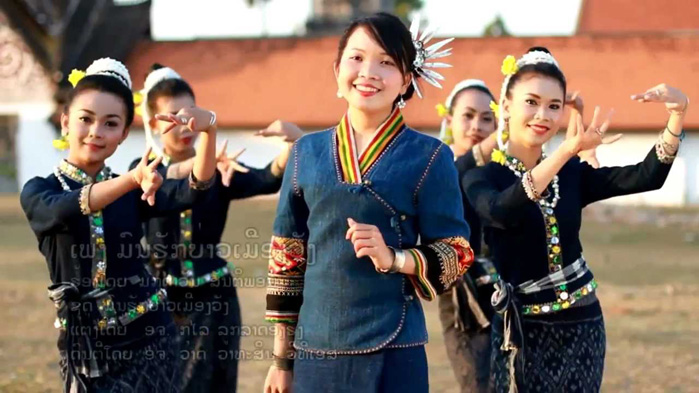
- Hmong, whose number is estimated at 200,000, are divided into white Hmong, striped, green and black (colors depend on certain details of their clothing). Their language is a branch of the Sino-Tibetan and close enough to southern dialects of Chinese languages.
They are found in nine northern provinces and in Bolikhamsai the center, but more particularly in the provinces of Hua Phan, Xieng Khouang and Luang Prabang. Maize and rice are the basis of agriculture. They raise cattle, pigs, and chickens kérabaus. The economy is based largely on barter, iron is the exchange currency. Their main income is derived from opium.
Mien (or read Mien Yao or Man) form the second largest subgroup. They number from 30 000 to 50 000, mainly living in the provinces of Luang Namtha, Luang Prabang, Bokeo, and Oudomxai Saly. If Mien and Hmong share many characteristics, they rarely marry them. Both groups are primarily animists. Mien also grow poppies.
Among the smaller tribes of Tibeto-Burman origin include the Lisu, Lahu, Lolo, Akha and Phu Noi. These are sometimes collectively referred to as Lao Theung, although occupier the northern mountains, such as the Hmong and Mien, they live slightly lower altitudes.
Other ethnic groups such as the Yao, Ho, Lolo, Mouseu, Lenten, Ko is part of this group. They do not write and use Chinese ideograms. Their social system places great place for shamans, people can communicate with the beyond. Some of them believe in reincarnation with sex change.
Promotion

Free Visa Upon Arrival Letter
Are you going to Viet Nam next months? Don't you know how to get the visa? Don't worry about that because we can take care of this. Only one thing you have to do is sending us your copy of your passerport.
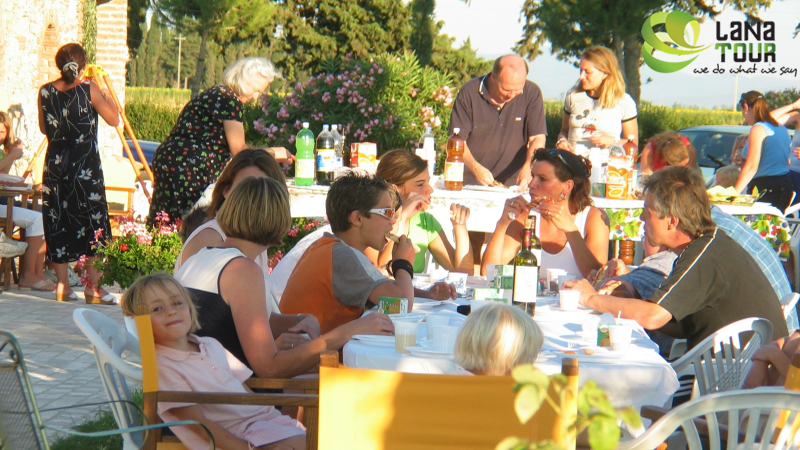
The Best Offer for Family
An idea circuit from North to South Vietnam through its beautiful sights, with a moderate rythm, the variety of activities for children, good accommodation for family.
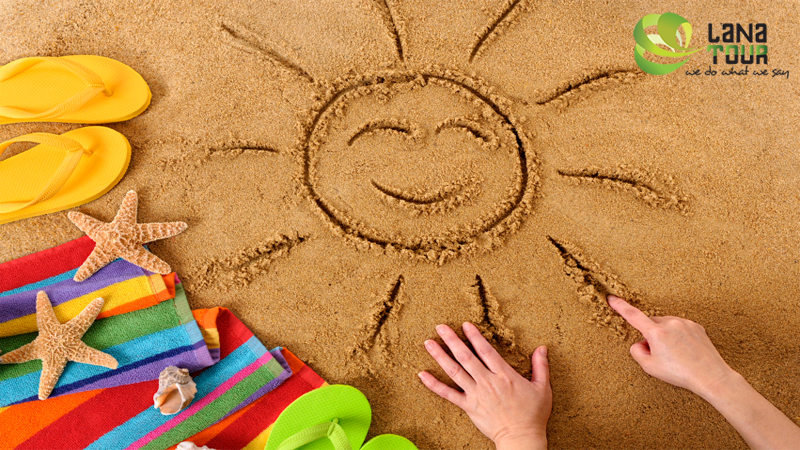
Summer Promotion
Summer is a great time to travel, to enjoy the beautiful beach but traveling with many attractive offres is a great thing even better. Please see below our special promotion for your summer trip


